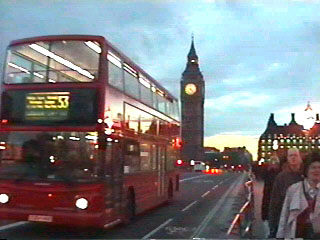
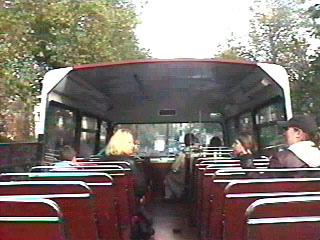
 |
 |
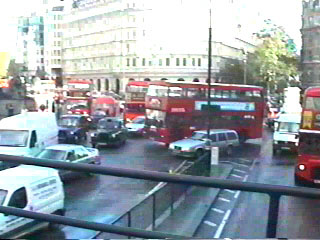 |
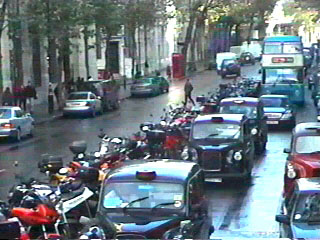 |
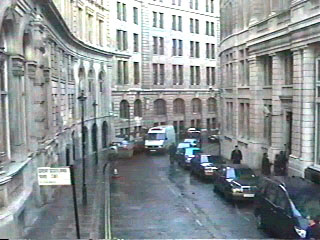 |
We turned left to go around the block counter clockwise
but the city had other plans for us. I think this is called form
follows dysfunction.
It looks really neat the way the building curves right along with the road. |
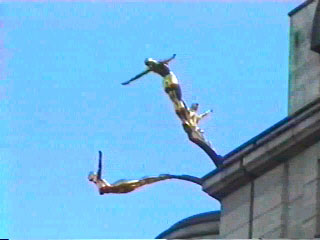 |
London has lots of very unusual statues. |
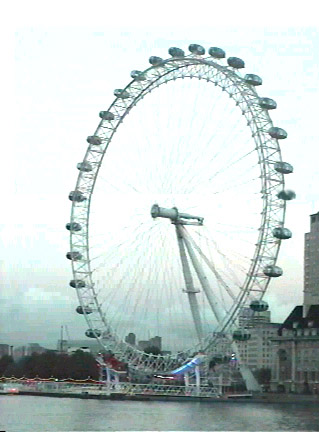 |
London attempted a grand celebration for the year 2000. Unfortunately, the Millennium Dome was running deep into the red, the Millennium Bridge, an attractive pedestrian bridge that crosses the Thames, fluctuated like Galloping Gertty and had to be closed, and the very large Millennium Hot Air Balloon Ride, broke loose in the wind and blew away. The Millennium Wheel, however, was successful. It is enormous. Each car holds about 20 people. It is constantly turning as riders load and unload. I think the trip around is about 45 minutes or an hour. I bet the view is great from the top, but our time was limited and we didn't want to spend the hour. |
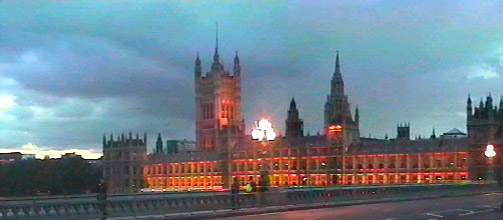 |
From the same spot where we took the picture of the Wheel, we could turn around and take a picture of Parliament. Saint Mary's Cathedral rises in the back. |
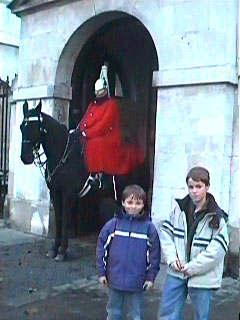 |
Our schedule didn't give us enough time to see the famous "changing of the guard", so we stopped by to watch the horse guard change. I'm not sure which is harder -- standing all day or sitting on a horse all day. The horse was a little restless by the end of the day too. |
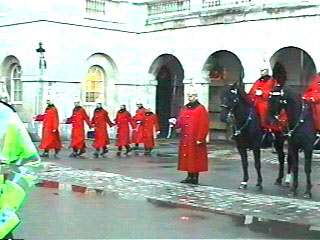 |
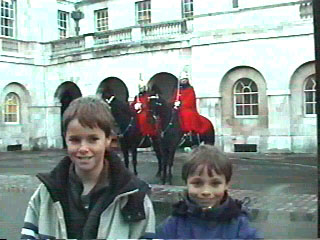 |
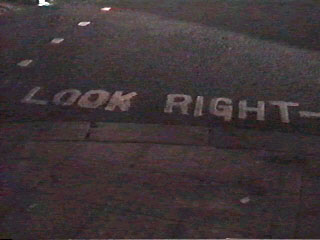 |
Most of the intersections in London are marked with "Look Right" signs, or "Look Left" on some one-way streets. Prior to this visit, I would say that I looked both ways before crossing a street. I learned that actually I look to the left first and while turning my head to the right will start to take the first step onto a two-way street. It turns out that most people do this. It's quite a start to look to the right and see a car coming right at you along the curb lane. |
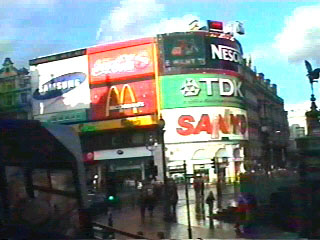 |
Piccadilly Circus. There are several circuses in London. Piccadilly is the most famous. So what happens at the circus? What is it? Is it shops, theaters, a circus, what? Well a circus turns out to be nothing more than a large circle, better known in Great Britain as a roundabout. A circus is large enough to have a small park or fountain in the center. |
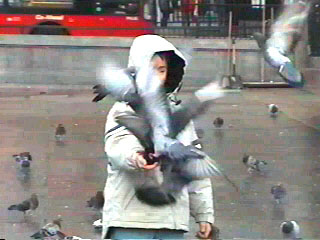 |
Just a few blocks down the street is Trafalgar Square. There's a large statue memorializing the Napoleonic War British naval hero, Admiral Horatio Nelson and the square is named for the Battle of Trafalgar, where Admiral Nelson was mortally wounded. |
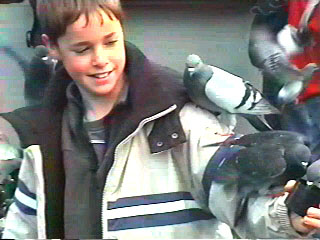
You can see the can in Mitch's hand |
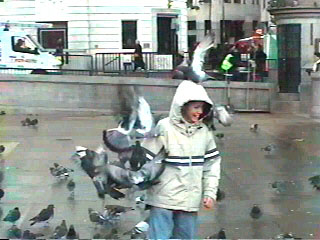
and a pigeon on his head |
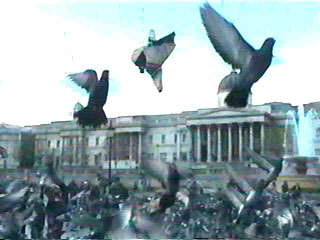 |
In this shot you can see hundreds of pigeons as they all take off at exactly the same time. Take a close look at the pigeon in the center of the picture. Even though you can't shoo these people-savy pigeons away, this trick works like a charm -- take off your jacket and throw it high into the air. |
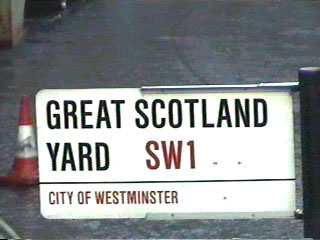 |
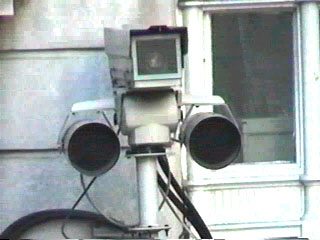 |
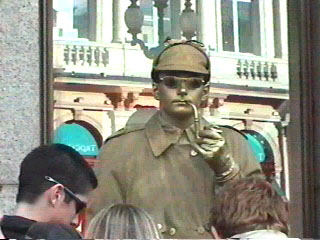 |
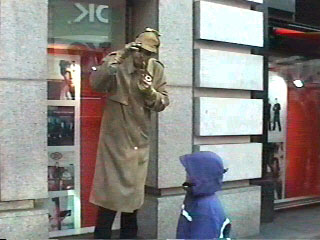 |
It looks like a good street performer can bring in a healthy income. We watched for ten minutes and saw about 6 pounds thrown into his can. That's $9.60 U.S. Multiply that by 6 and he's getting almost $60 an hour. From what we saw elsewhere in Europe it looks like street performers work the lunch and evening crowds so they may only work five or six hours a day.
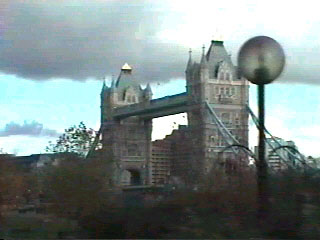
The Tower Bridge leading to the Tower of London |
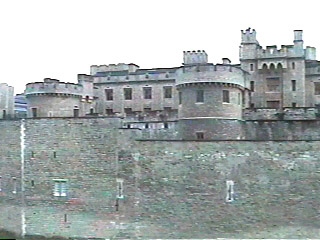
The famous fortress of the Tower of London. |
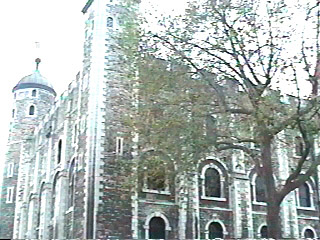 |
Built in 1078 by William the Conqueror as a royal fortress, it has also been used as a palace, a prison and execution site. The Crown Jewels are kept and displayed here. Guess what they said about taking pictures of the Crown Jewels |
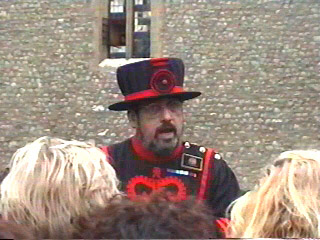 |
The fellow in this photo is dressed as a Beefeater --
one of the king's guards. His job now is to give tours of the Tower
of London.
Like most tourists, the Tower of London was on our "must-see" list. We've read a lot of history, including quite a bit about the British monarchy, so we're somewhat familiar with the key players and important events -- and what the heck, a gory British story of battling kings and executions is always pretty interesting. |
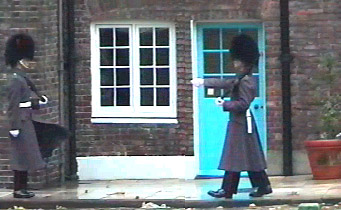 |
These are the real guys guarding the Tower -- I don't know what they're guarding against though. |
| We don't recall the specifics of the story, but because of a curse, a threat, or something, the old monarchs believed that if there weren't at least five crows living within the castle walls, bad times would come. One year some of the crows left or died and a list of troubles began. Famine, flood, death of the king, disease, we can't remember. Anyway, some more crows were brought in and life returned to normal. Since then, there have always been seven crows kept in residence -- five, plus two spares. They are fed well and their wing feathers are trimmed so they can't fly out over the castle wall. | 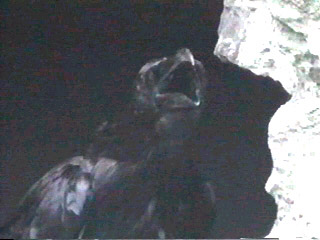 |
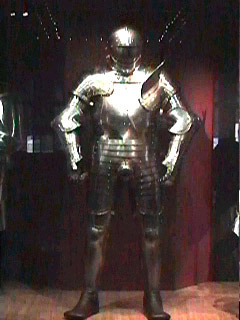 |
This is the actual armor of King Henry VIII. Inside the Tower is a museum with an outstanding collection of weaponry, armor, crowns and jewels. You can even see where the royal bathroom was -- would you believe that the "toilet" was a wooden bench across a hole that angled through the castle wall? Anything that went into the hole ran outside |
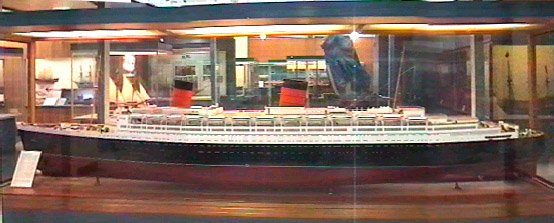
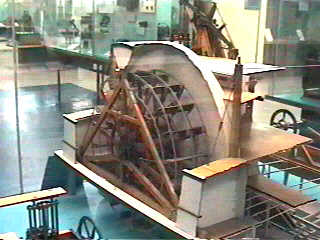 |
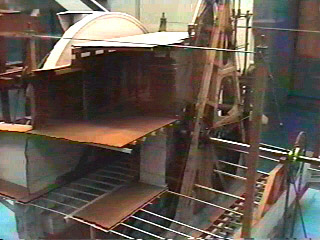 |
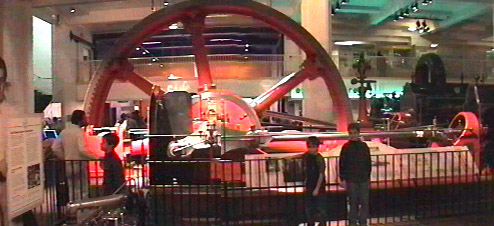
This museum is certainly as good as the Smithsonian and
provides a better collection of early industrial machinery. We were
surprised that it does not show up in any of the tourist literature. I
guess it's a well kept secret.
|
|
|
|
Next Adventure (Paris) |
ã
copyright Nodland 1999-2020